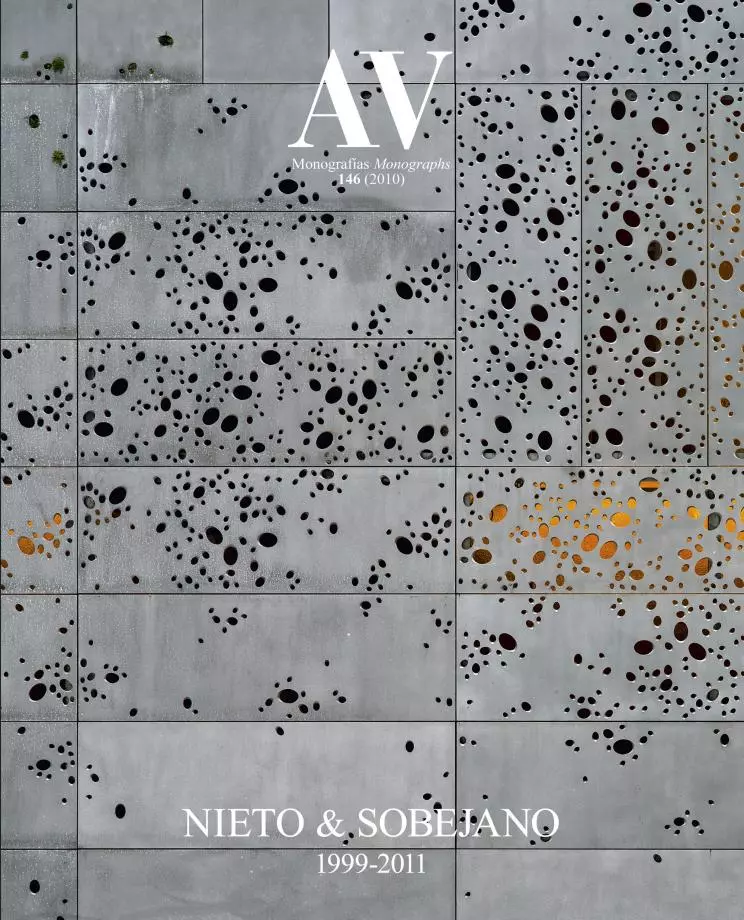Competition Culture

Fuensanta Nieto and Enrique Sobejano explain their work very well. After listening to the argumented narration of their projects, it is hard not to share their interpretations: they propose a generating role for the roof, and this is necessarily found in the serrated profiles or the perforated tops; suggest the fertile importance of geometry, and every single floor plan eloquently asserts its presence; value the aesthetic expressiveness of the materials, and each facade becomes an experimental field, often in collaboration with likeminded artists; underline the dramatic importance of light, and the sections evidence the will to shape it with bold precision; mention the transcendence of the landscape, and it is impossible not to notice their fascination with land art in many of their projectual gestures; or comment the dialogue of their buildings with the existing, and the very sequence of the sites already supplies a collection of conversations with history.
But beyond these features, many of which they have in common with other members of their generation, perhaps the two characteristics that better describe the career of Nieto & Sobejano are formal violence and vital worldliness. In the field of form, the radical proposals that have made them winners in so many architectural competitions have an abrupt essential quality that seems hardly compatible with the orchestration of the uses, frequently cultural, and with the intervention in the environment, often historical; however, the final result shapes and moderates the proposal without taking away its challenging air and its abrasive tact. And in the field of life, as much their conscientious international training as their spontaneous professional projection outside our borders single out the career of the Madrid couple with a unique profile that sets it apart from other contemporary practices, marked either by stubborn roots or disdainful distance.
This genuine cosmopolitanism, which has allowed them to grow intellectually and aesthetically in different latitudes without being kidnapped by any one in particular, forming an arch that extends from the American years to the Berlin office and the academic or professional activity in German-speaking Europe, has reached a turning point with the Aga Khan Award granted to their exact horizontal museum in Córdoba’s Medina Azahara: a prize with a special value because of its exemplary process of evaluation and selection, which is awarded for the first time to Spanish architects, and that will inevitably extend the geographic scope of their work to Northern Africa, the Middle East and Asia. From its solid and nuanced Western foundations, the resilient competition culture of Nieto & Sobejano has a lot to contribute to the architectural panorama of that mutating part of the world, and will benefit even more from the intimate contact with those at once near and faraway ‘others’.
Luis Fernández-Galiano





